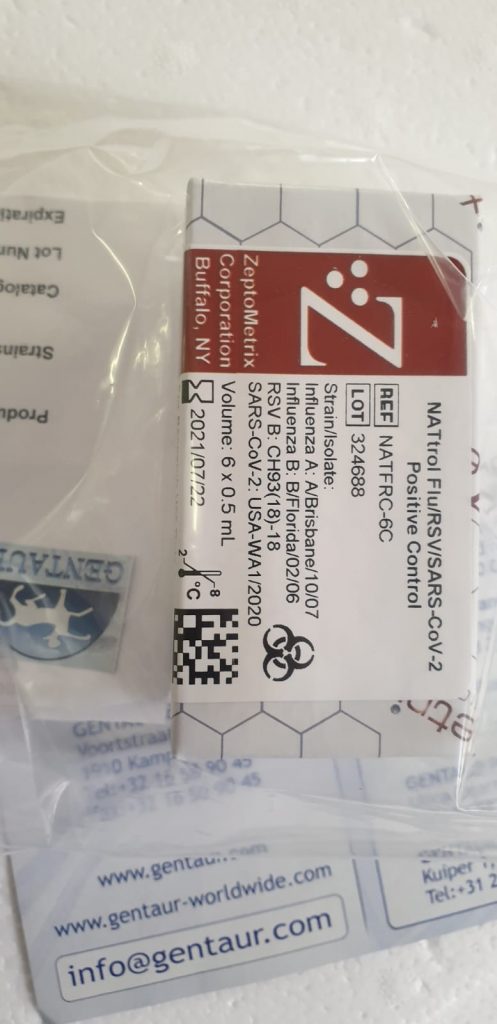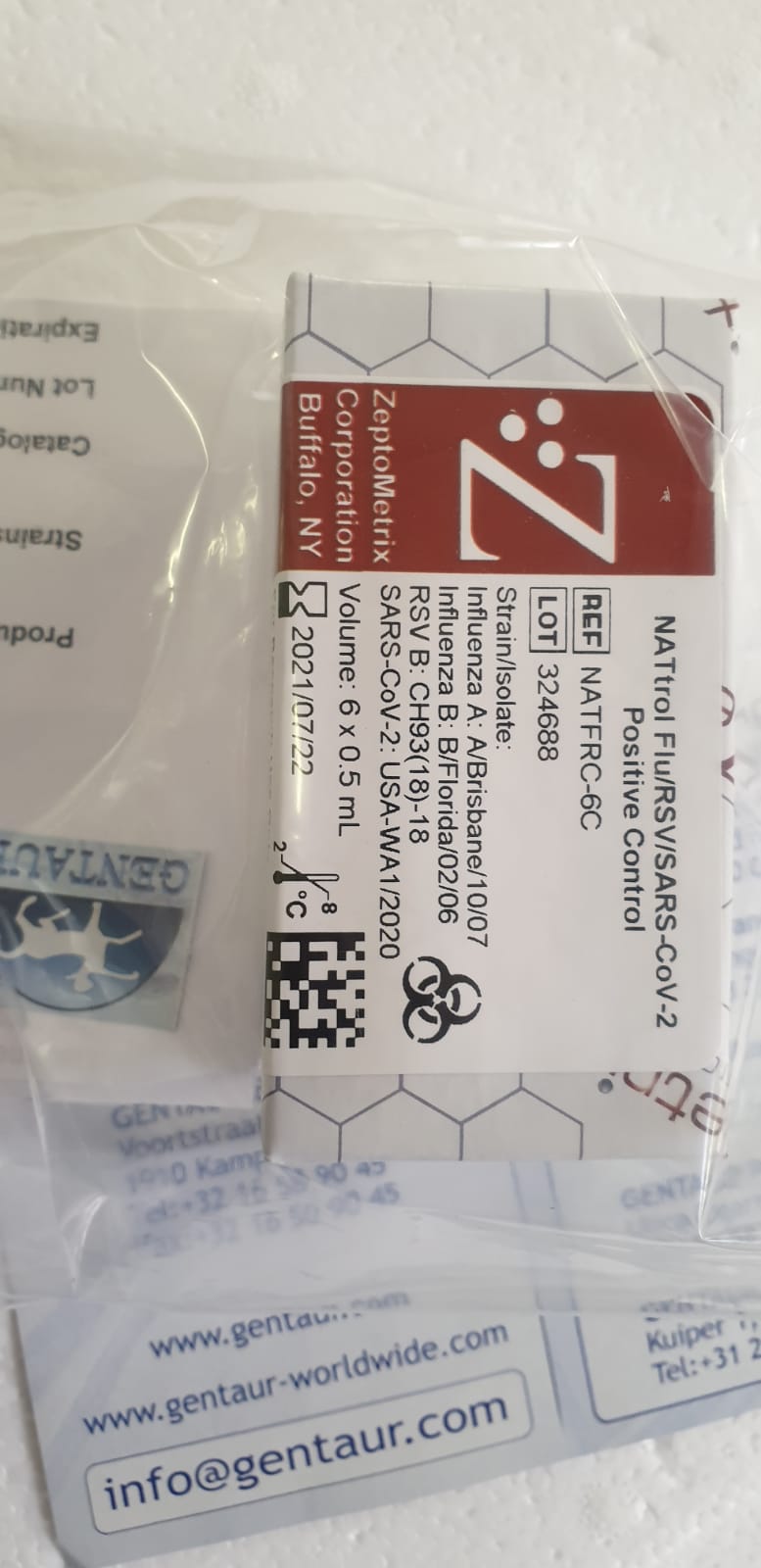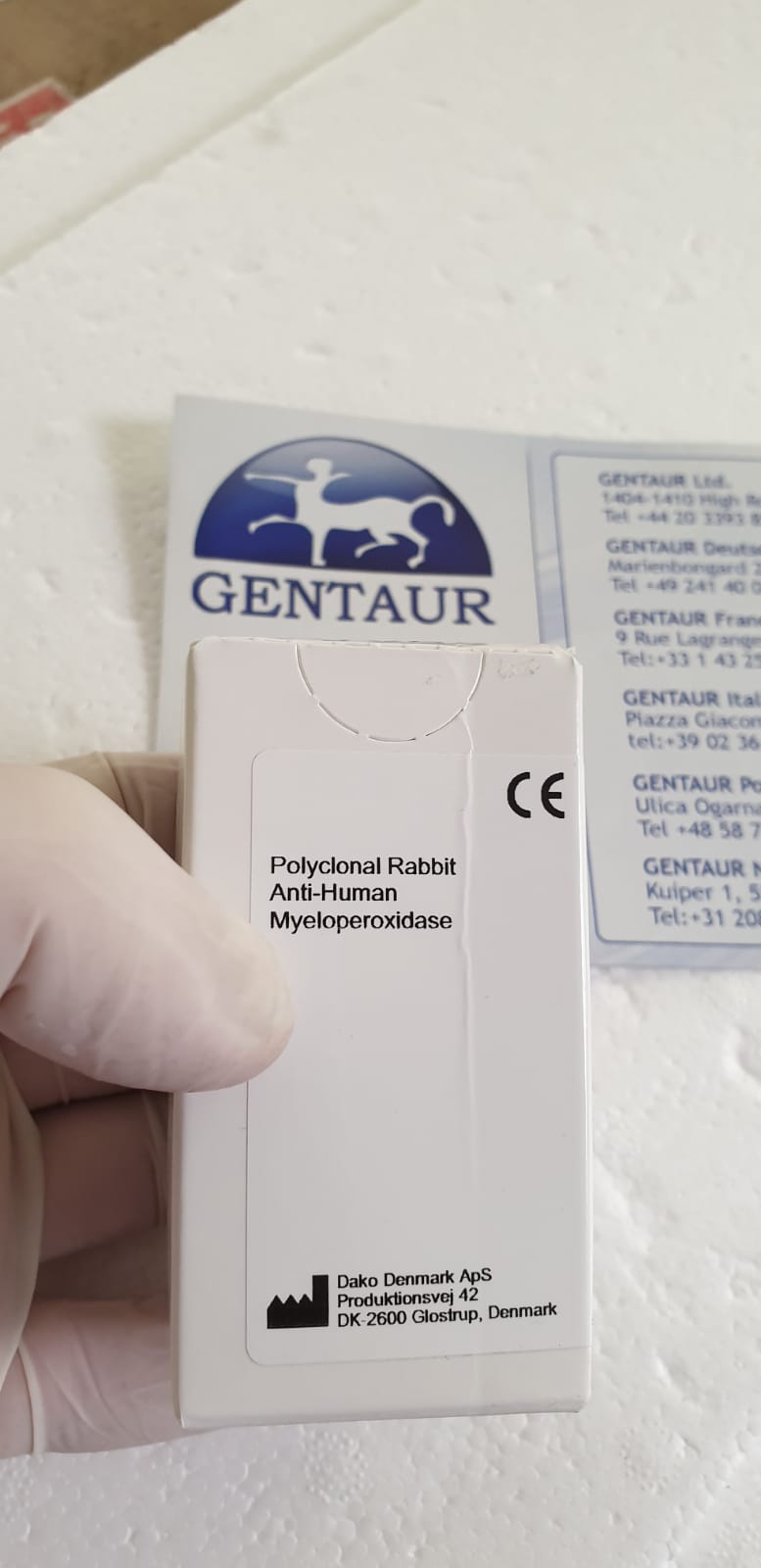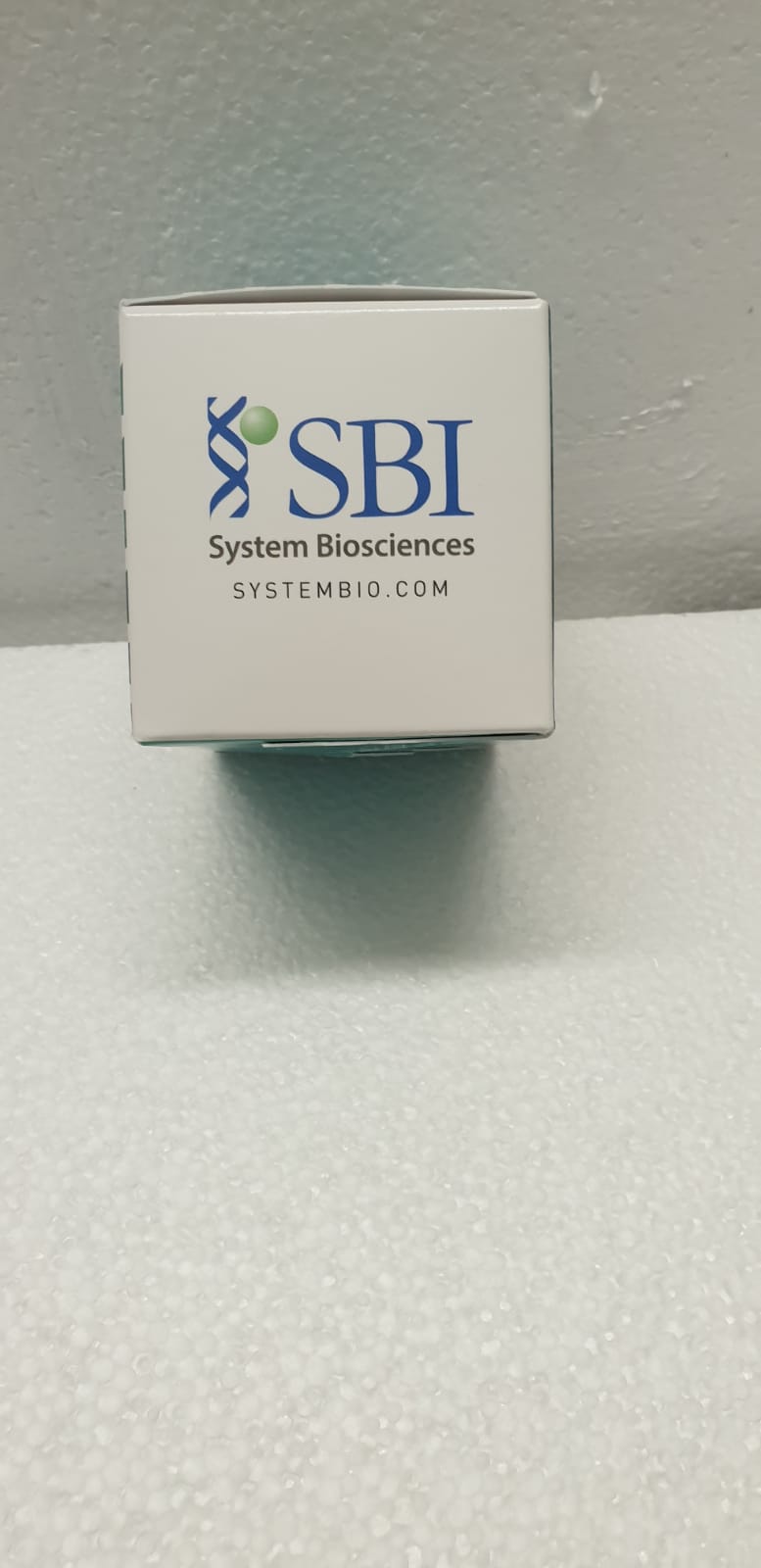RNA-Seq identifies condition-specific organic signatures of ischemia-reperfusion harm within the human kidney
Background: Acute kidney harm (AKI) is outlined as a sudden occasion of kidney failure or kidney injury inside a brief interval. Ischemia-reperfusion harm (IRI) is a vital issue related to extreme AKI and end-stage kidney illness (ESKD).
Nevertheless, the organic mechanisms underlying ischemia and reperfusion are incompletely understood, owing to the complexity of those pathophysiological processes. We aimed to research the important thing organic pathways individually affected by ischemia and reperfusion on the transcriptome stage.
Outcomes:
- We analyzed the steady-state gene expression sample of human kidney tissues from regular (pre-ischemia), ischemia, and reperfusion situations utilizing RNA-sequencing. Standard differential expression and self-organizing map (SOM) clustering analyses adopted by pathway evaluation have been carried out. Differential expression evaluation revealed the metabolic pathways dysregulated in ischemia. Mobile meeting, growth and migration, and immune response-related pathways have been dysregulated in reperfusion.
- SOM clustering evaluation highlighted the ischemia-mediated important dysregulation in metabolism, apoptosis, and fibrosis-related pathways, whereas cell development, migration, and immune response-related pathways have been extremely dysregulated by reperfusion after ischemia. The expression of pro-apoptotic genes and loss of life receptors was downregulated throughout ischemia, indicating the existence of a protecting mechanism towards ischemic harm.
- Reperfusion induced alterations within the expression of the genes related to immune response similar to inflammasome and antigen representing genes. Additional, the genes associated to cell development and migration, similar to AKT, KRAS, and people associated to Rho signaling, have been downregulated, suggestive of harm responses throughout reperfusion. Semaphorin 4D and plexin B1 ranges have been additionally downregulated.
Conclusions: We present that particular organic pathways have been distinctively concerned in ischemia and reperfusion throughout IRI, indicating that condition-specific therapeutic methods could also be crucial to stop extreme kidney injury after IRI within the scientific setting.

[Linking template=”default” type=”products” search=”GNAS antibody” header=”3″ limit=”120″ start=”4″ showCatalogNumber=”true” showSize=”true” showSupplier=”true” showPrice=”true” showDescription=”true” showAdditionalInformation=”true” showImage=”true” showSchemaMarkup=”true” imageWidth=”” imageHeight=””]
A mouse tissue atlas of small noncoding RNA
Small noncoding RNAs (ncRNAs) play a significant position in a broad vary of organic processes each in well being and illness. A complete quantitative reference of small ncRNA expression would considerably advance our understanding of ncRNA roles in shaping tissue capabilities. Right here, we systematically profiled the degrees of 5 ncRNA courses (microRNA [miRNA], small nucleolar RNA [snoRNA], small nuclear RNA [snRNA], small Cajal body-specific RNA [scaRNA], and switch RNA [tRNA] fragments) throughout 11 mouse tissues by deep sequencing.
Utilizing 14 organic replicates spanning each sexes, we recognized that ∼30% of small ncRNAs are distributed throughout the physique in a tissue-specific method with some additionally being sexually dimorphic. We discovered that some miRNAs are topic to “arm switching” between wholesome tissues and that tRNA fragments are retained inside tissues in each a gene- and a tissue-specific method.
Out of 11 profiled tissues, we confirmed that mind incorporates the biggest variety of distinctive small ncRNA transcripts, a few of which have been beforehand annotated whereas others are recognized on this research. Moreover, by combining these findings with single-cell chromatin accessibility (scATAC-seq) information, we have been in a position to join recognized brain-specific ncRNAs with their cell forms of origin. These outcomes yield essentially the most complete characterization of particular and ubiquitous small RNAs in particular person murine tissues up to now, and we count on that these information can be a useful resource for the additional identification of ncRNAs concerned in tissue perform in well being and dysfunction in illness.
Genome-wide identification and characterization of lengthy non-coding RNAs in Tribolium castaneum
Lengthy non-coding RNAs (lncRNAs) are poorly understood in bugs. On this research, we carried out genome-wide evaluation of lncRNAs in Tribolium castaneum by RNA-seq. In complete, 4516 lncRNA transcripts akin to 3917 genes have been recognized from late embryos, early larvae, late larvae, early pupae, late pupae and early adults of T. castaneum, together with 3152 novel lncRNAs and 1364 identified lncRNAs. These lncRNAs have few exons and transcripts, and are brief in size.
Throughout growth, they exhibited 9 totally different expression patterns. Functionally, they’ll act both by concentrating on messenger RNAs (1813 lncRNAs) and lncRNAs (45 lncRNAs) or as micro RNA (miRNA) precursors (46 lncRNAs). LncRNAs have been noticed to focus on the metabolic enzymes of glycolysis, TCA cycle and amino acids, demonstrating that lncRNAs management metabolism by regulating metabolic enzymes.
Furthermore, lncRNAs have been proven to take part in cell differentiation and growth by way of their targets. As miRNA precursors, lncRNAs may take part within the ecdysone signaling pathway. This research supplies complete info for lncRNAs of T. castaneum, and can promote useful evaluation and goal identification of lncRNAs within the insect.
[Linking template=”default” type=”products” search=”GNAS antibody” header=”4″ limit=”190″ start=”5″ showCatalogNumber=”true” showSize=”true” showSupplier=”true” showPrice=”true” showDescription=”true” showAdditionalInformation=”true” showImage=”true” showSchemaMarkup=”true” imageWidth=”” imageHeight=””]




